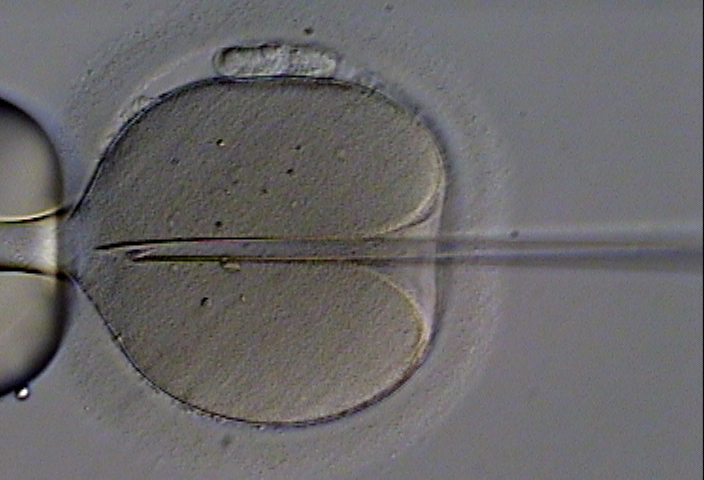Genome editing of human embryos broadens ethics discussions
By Françoise Baylis,
The Conversation
| 10. 01. 2017
For several years, scientists have experimented on human embryos with a powerful genome editing tool called CRISPR to see if they could correct genetic errors or reduce the risk of disease. In September, Kathy Niakan at the Francis Crick Institute in London and her colleagues reported they had used this tool on human embryos for a very different purpose — to better understand human development.
The use of CRISPR (pronounced “crisper”) to modify human embryos has prompted a healthy debate on the ethics of human genetic technologies. This tool is controversial, in part, because changes that are made to the embryo could be passed down to future generations. Niakan’s recent research is novel, and less ethically fraught than some other genome-editing research.
Research labs around the world are using CRISPR to selectively insert, delete or replace DNA with far greater precision and at a lower cost than other genome-editing techniques. Since 2015, five reports have detailed its use in human embryos to correct disease-causing mutations or create resistance to infectious disease.
Scientists have modified the genes responsible for β-thalassemia (an...
Related Articles
A Review of Exposed by Becky McClain
“Do not get lost in a sea of despair. Be hopeful, be optimistic. Our struggle is not the struggle of a day, a week, a month, or a year, it is the struggle of a lifetime. Never, ever be afraid to make some noise and get in good trouble, necessary trouble.”
— John Lewis
Becky McClain became famous when she successfully sued Pfizer, one of the very largest pharmaceutical and biotech companies. She...
By staff, Japan Times | 12.04.2025
Japan plans to introduce a ban with penalties on implanting a genome-edited fertilized human egg into the womb of a human or another animal amid concerns over "designer babies."
A government expert panel broadly approved a proposal, including the ban...
By Katherine Long, Ben Foldy, and Lingling Wei, The Wall Street Journal | 12.13.2025
Inside a closed Los Angeles courtroom, something wasn’t right.
Clerks working for family court Judge Amy Pellman were reviewing routine surrogacy petitions when they spotted an unusual pattern: the same name, again and again.
A Chinese billionaire was seeking parental...
By Sarah A. Topol, The New York Times Magazine | 12.14.2025
The women in House 3 rarely had a chance to speak to the women in House 5, but when they did, the things they heard scared them. They didn’t actually know where House 5 was, only that it was huge...




